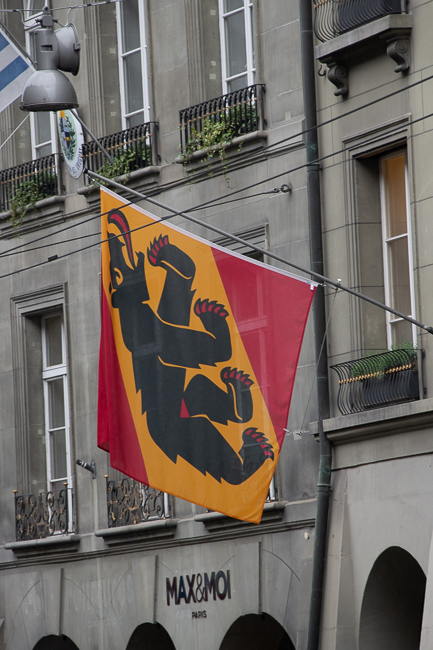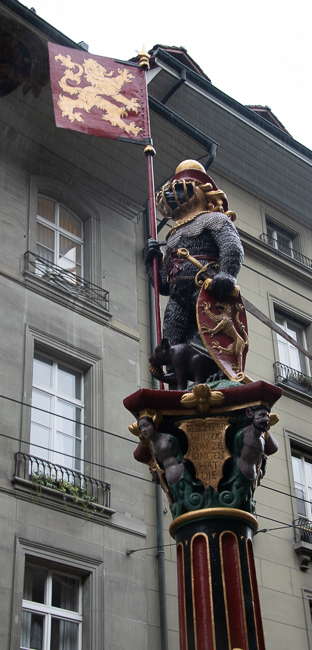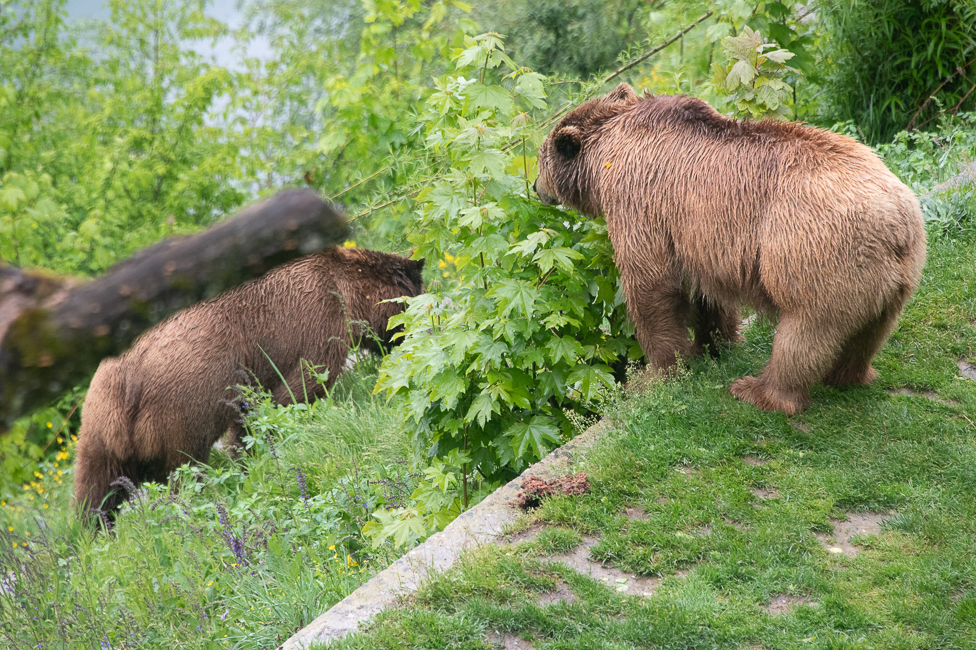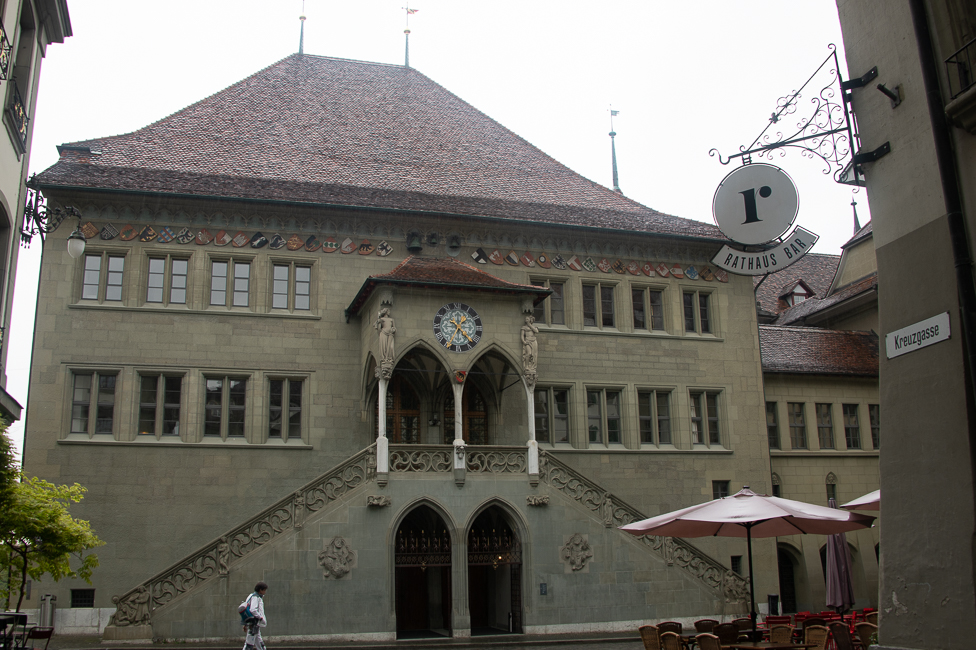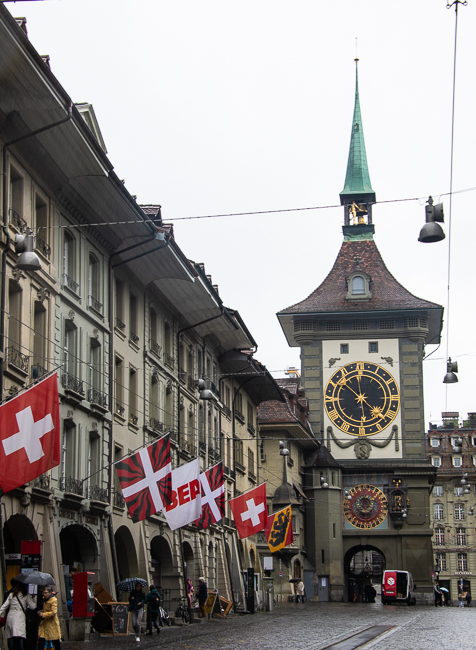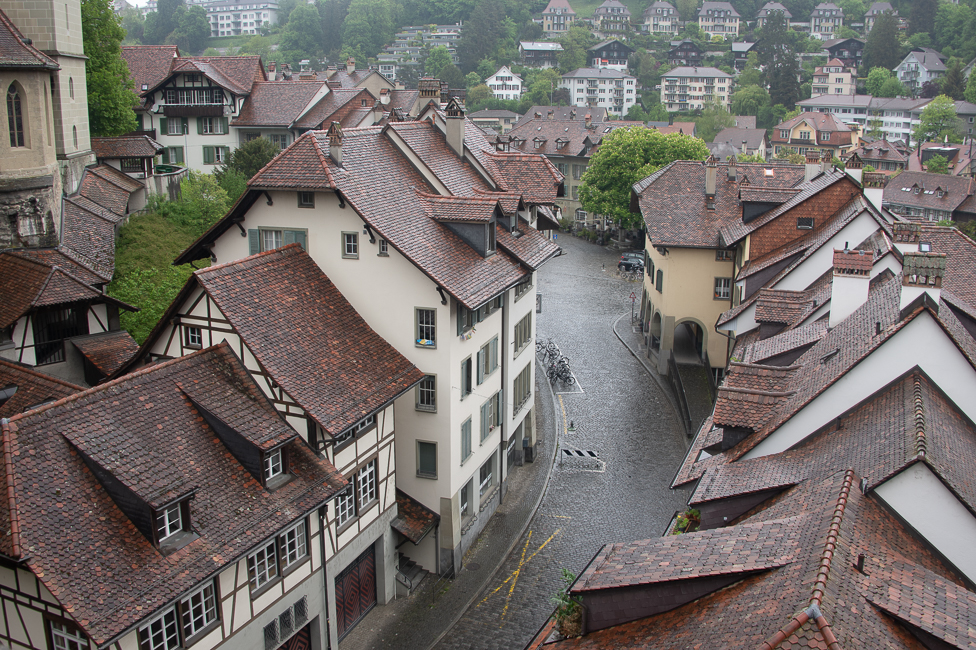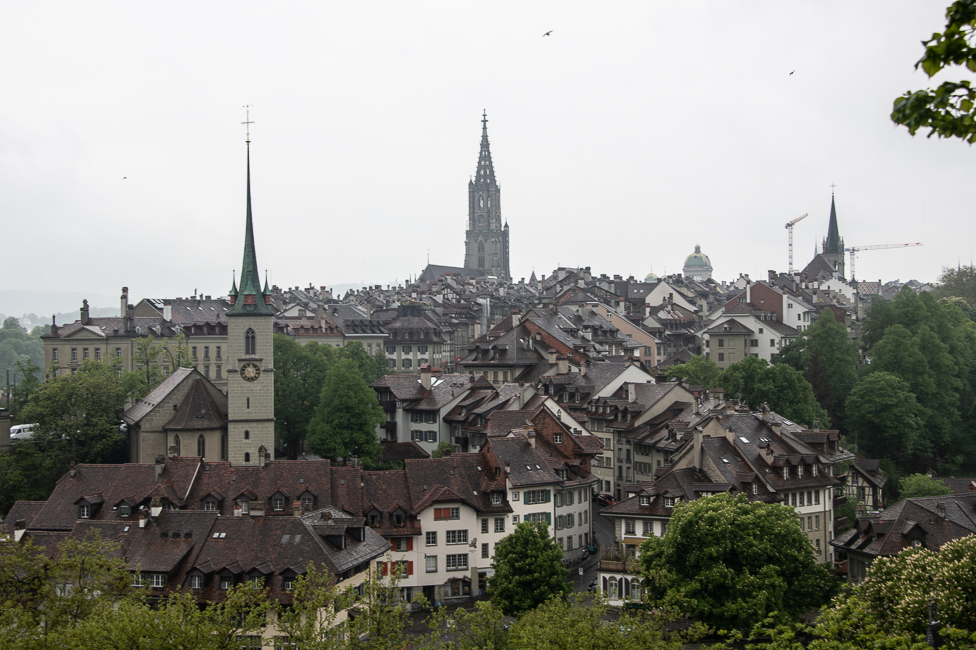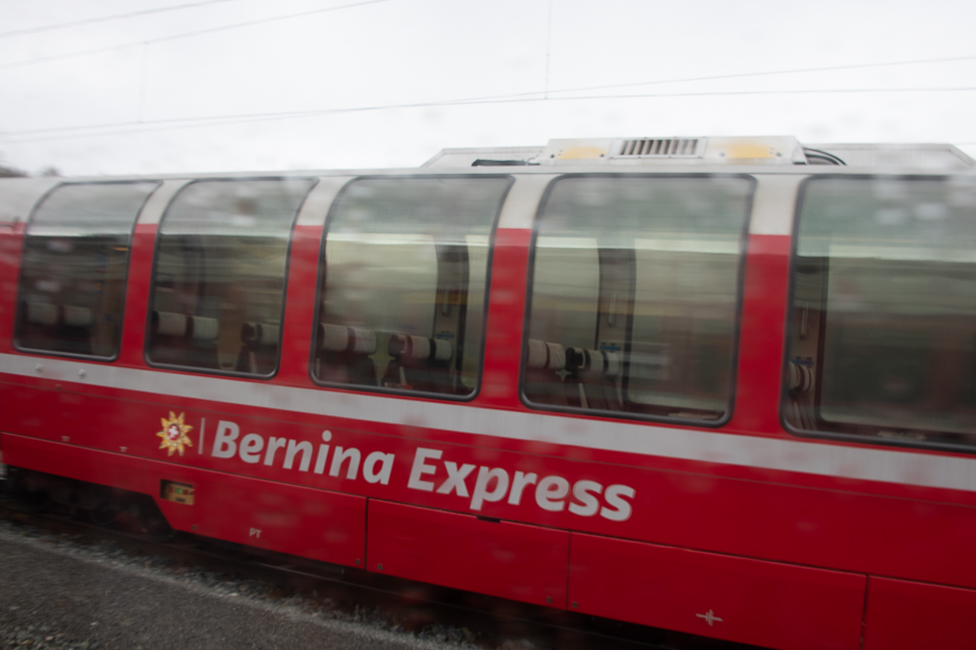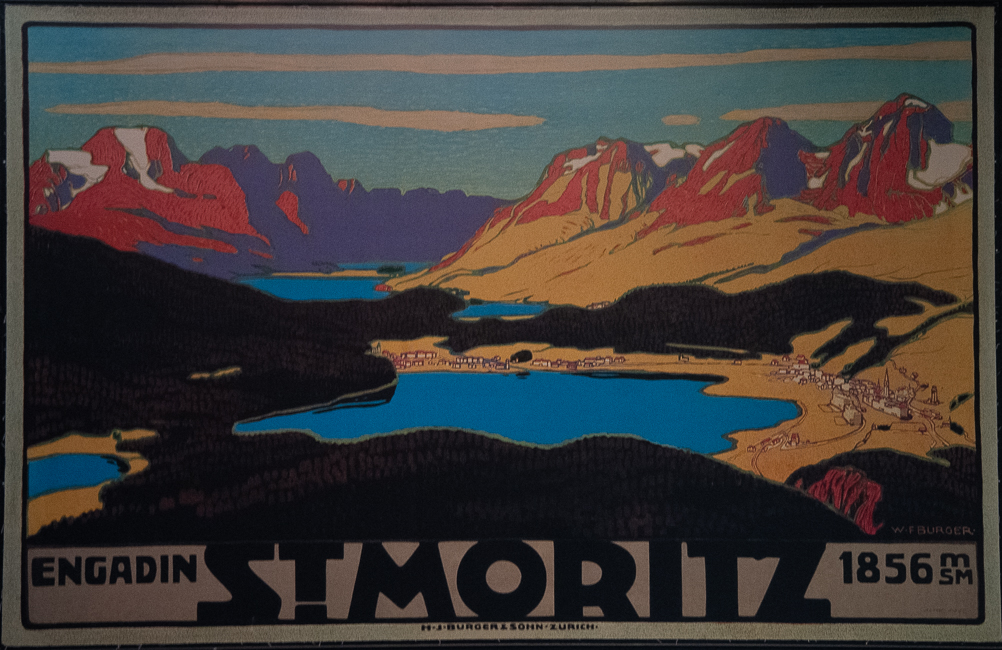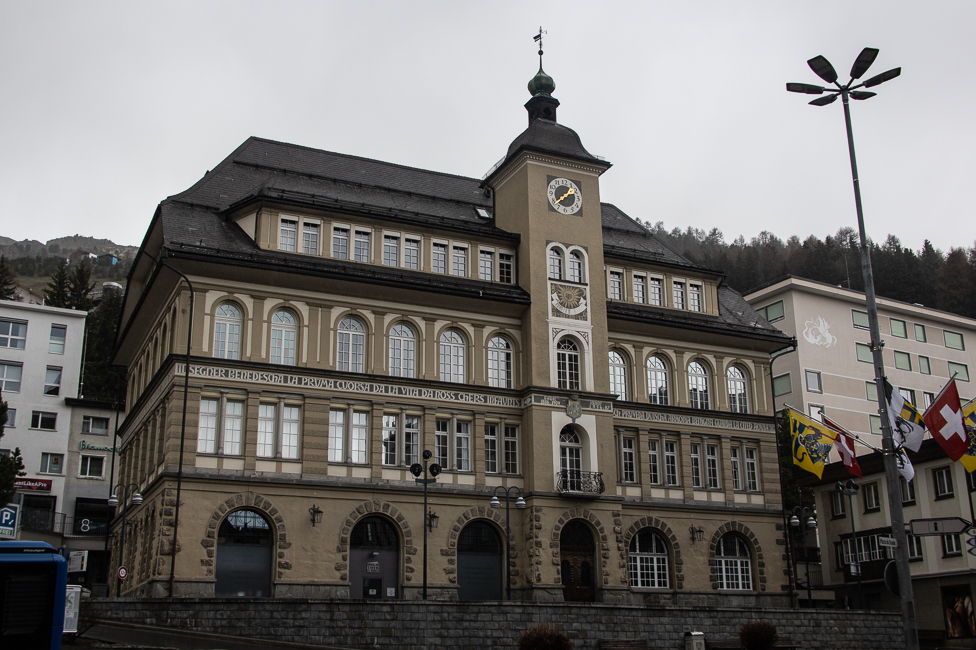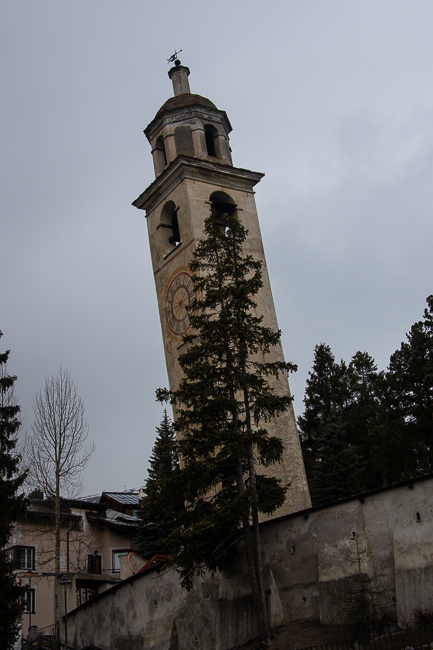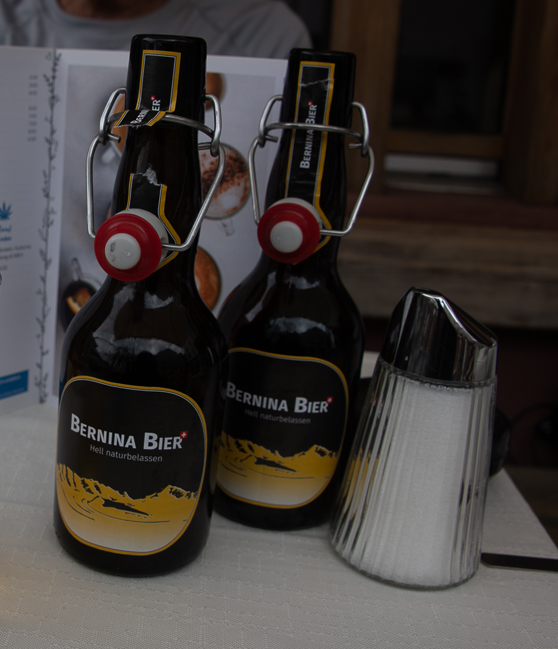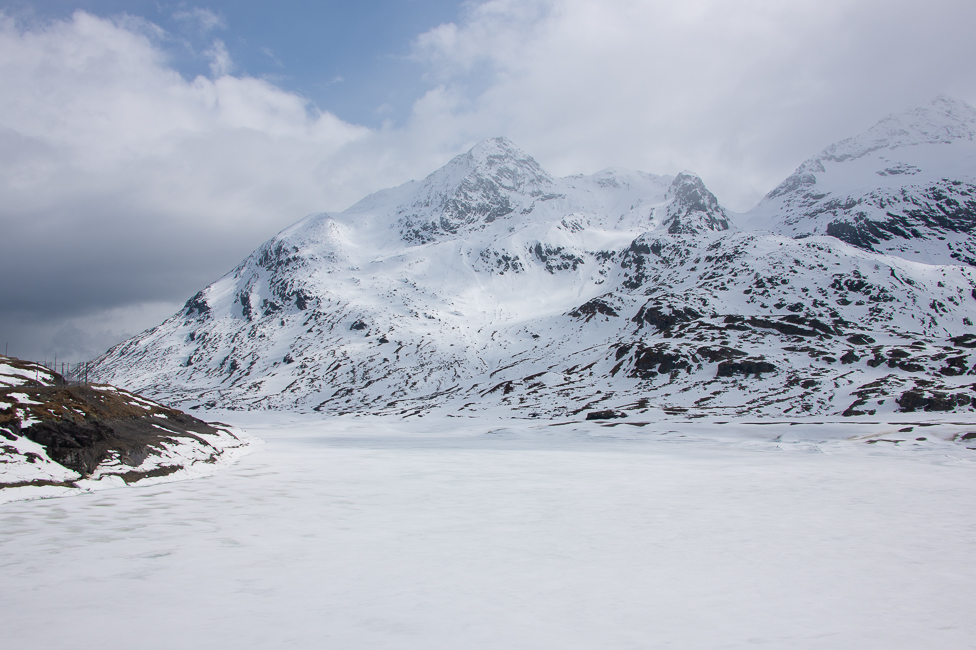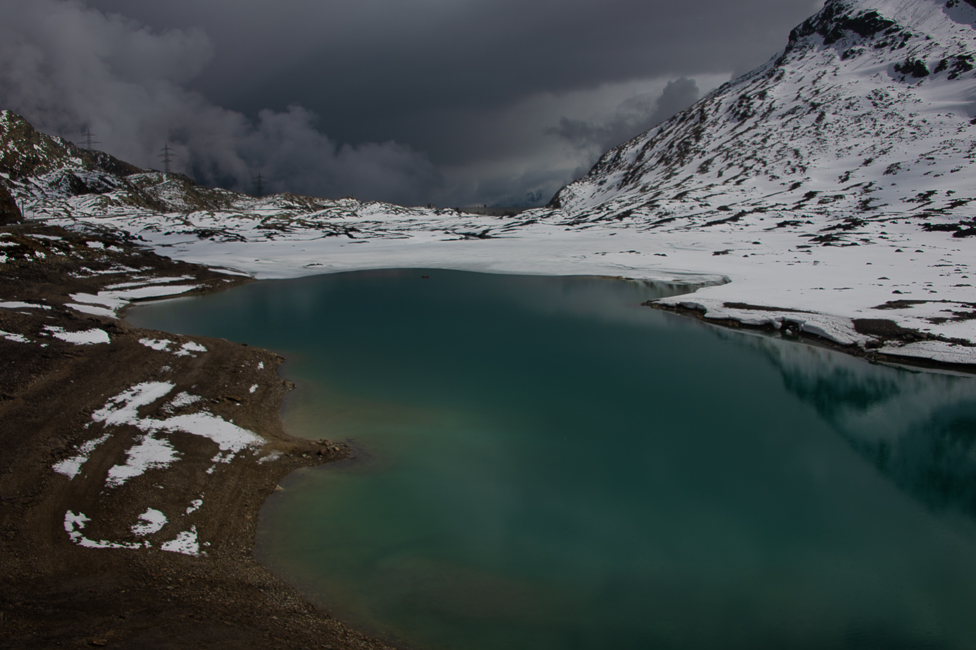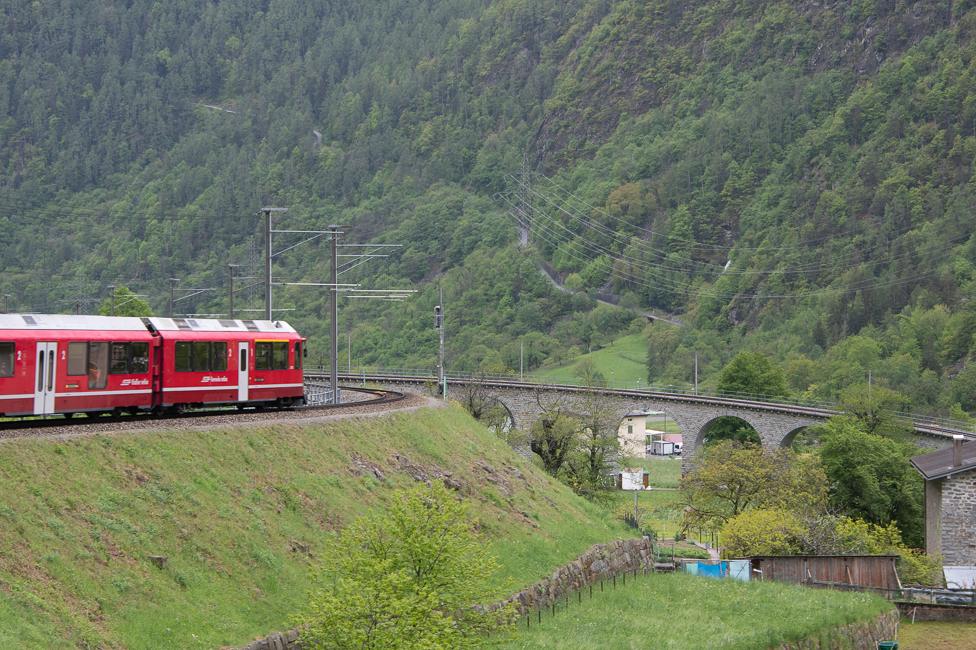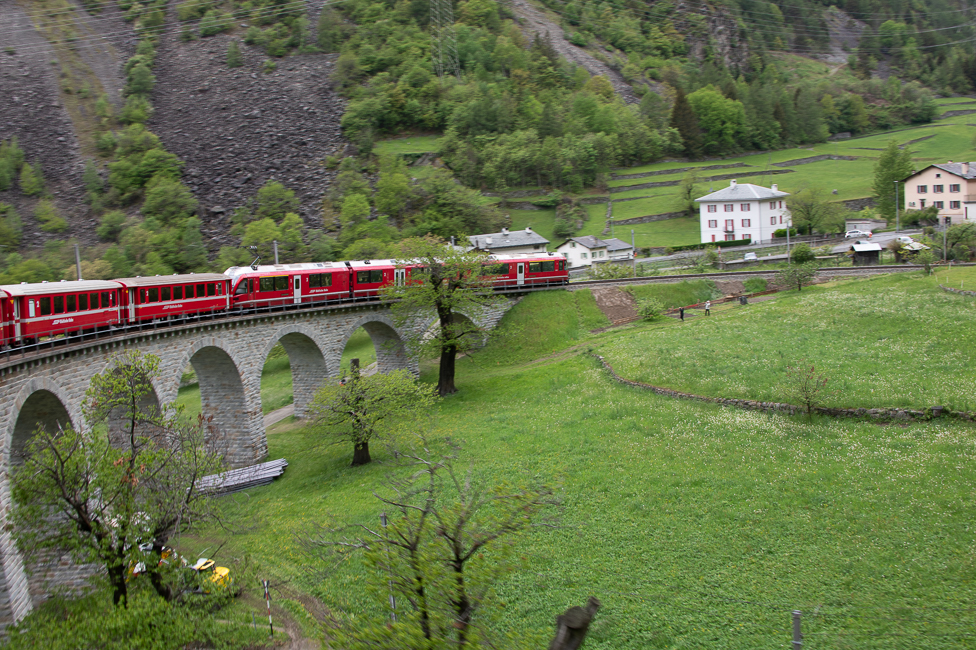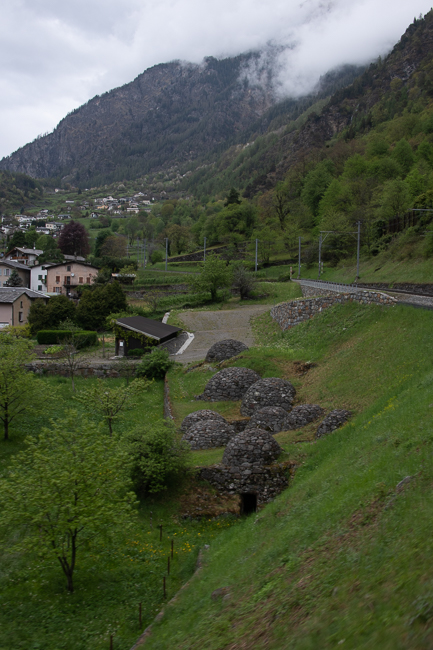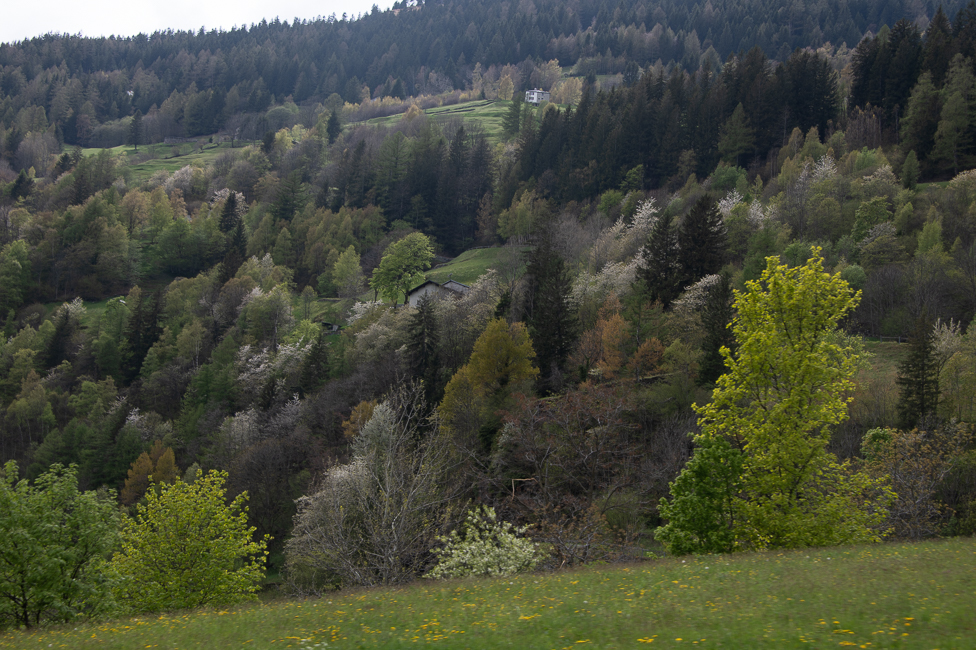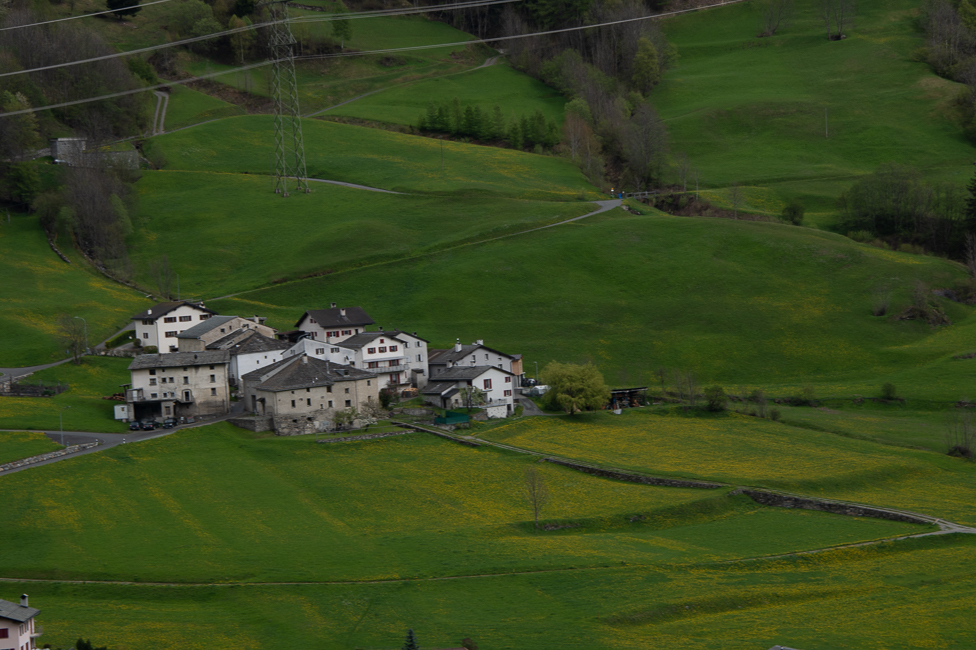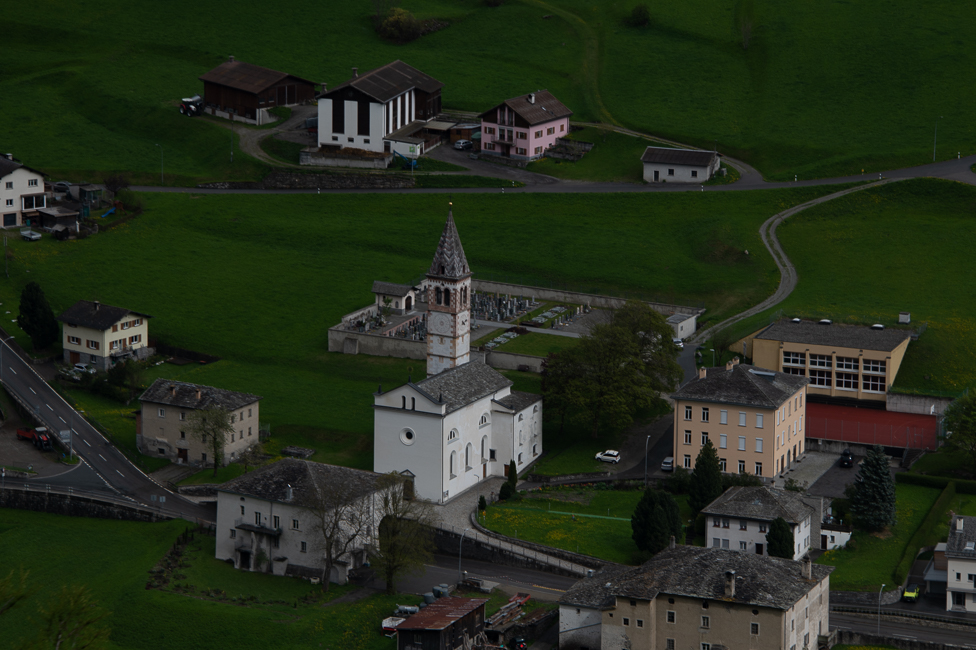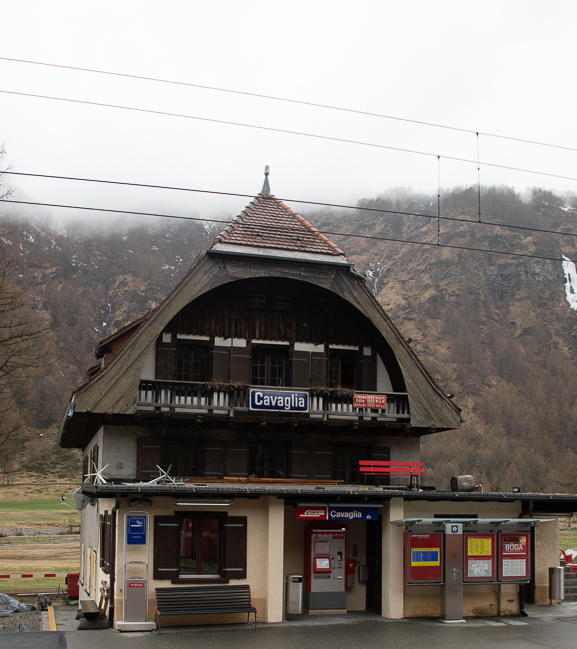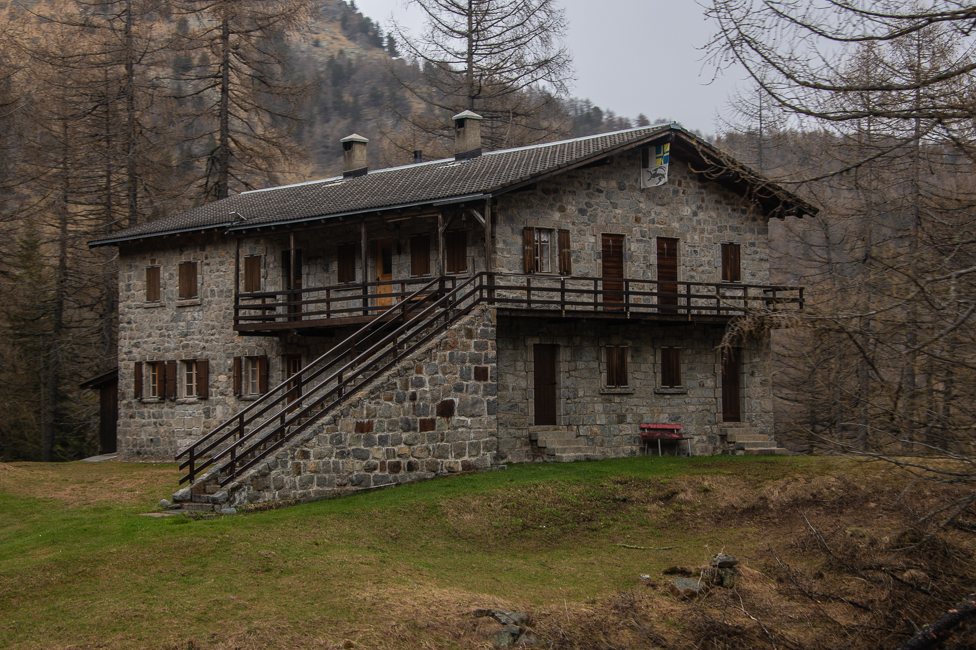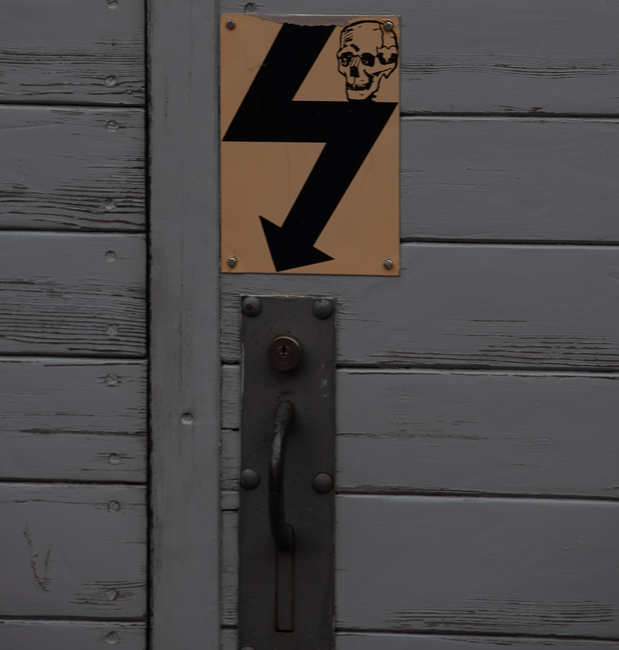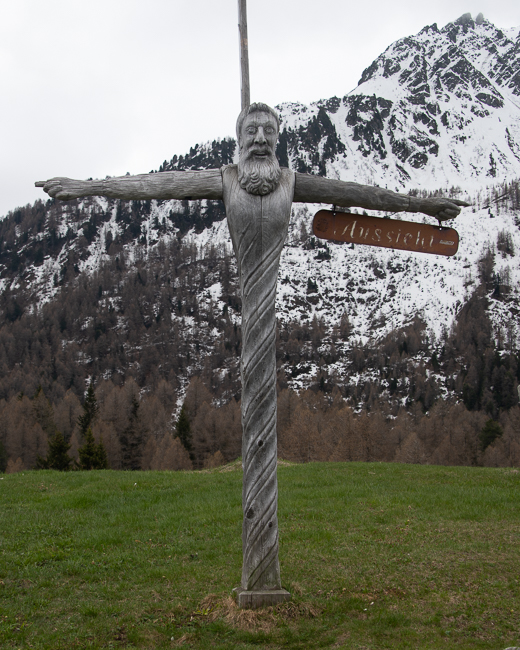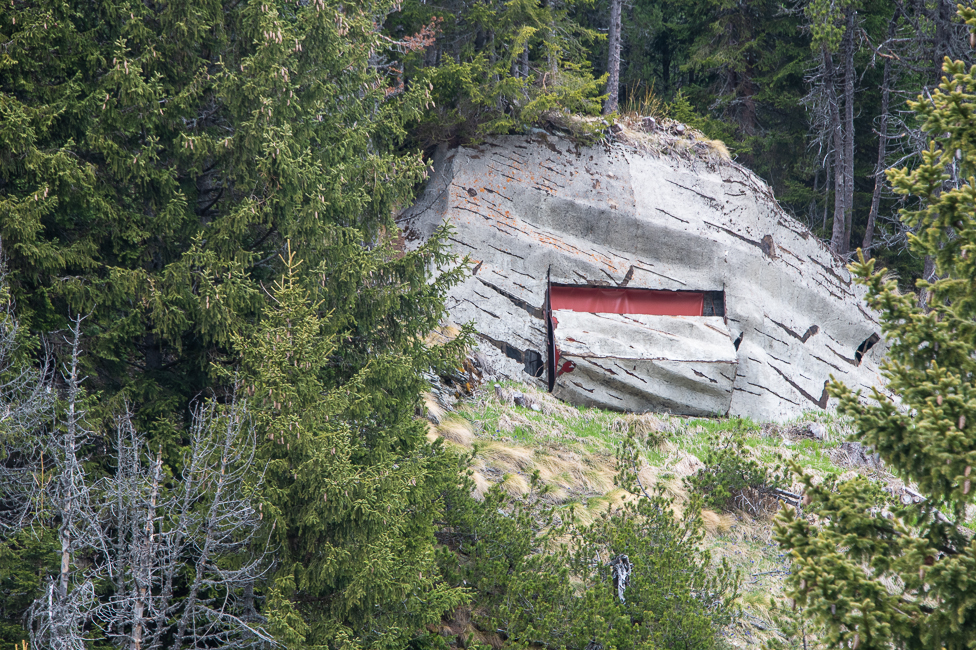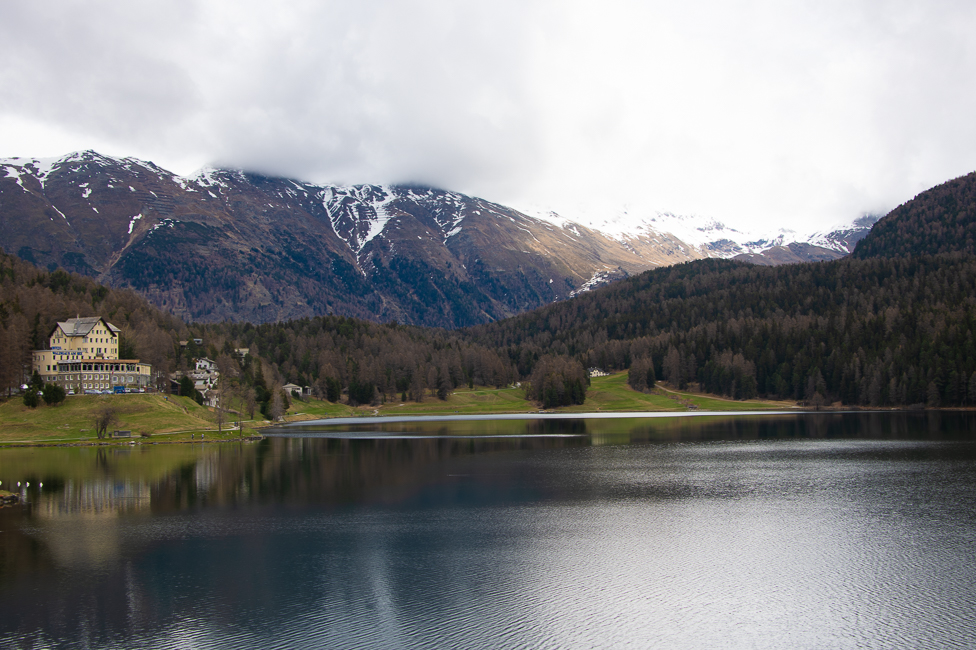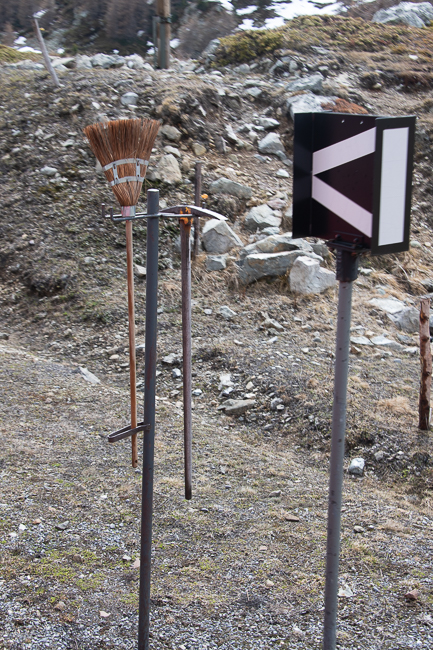May 2022
Bern, Switzerland
Bern is the de facto capital of Switzerland, referred to as the “federal city”. It has a population 144,000 (as of 2020) and is the fifth-most populous city in Switzerland. And according to legend it got its name from the actual animal the bear.
For that reason you will see bears everywhere.
Bern is also sometimes known as the ‘city of fountains’ — it has more than 100 of them. This child eating ogre dates back to the medieval times. Sadly no one knows its history. The most probable of all the tales told is that the Kindlifresser represents a fabled character. Mothers would tell their children to behave and come inside and be quiet or else Kinderfresser, or child eater, would come and eat you.
The Rathaus is the government building of Bern and is still used today. The current building, in the late gothic style, was begun in 1406-07 by Heinrich von Gengenbach on the site of a townhouse owned by the Burgistein family and was completed around 1415 to 1417. Between 1430 and 1450 the grand external staircase was built and two chambers for the great and small councils were added to the upper story. Between 1526 and 1540 the cantonal council building was added near the hall. Beginning in the 16th century other government entities moved into the building including the cantonal archives, the treasury, the mint and the cantonal printing office. The building and the old town of Bern comprise a UNESCO World Heritage site.
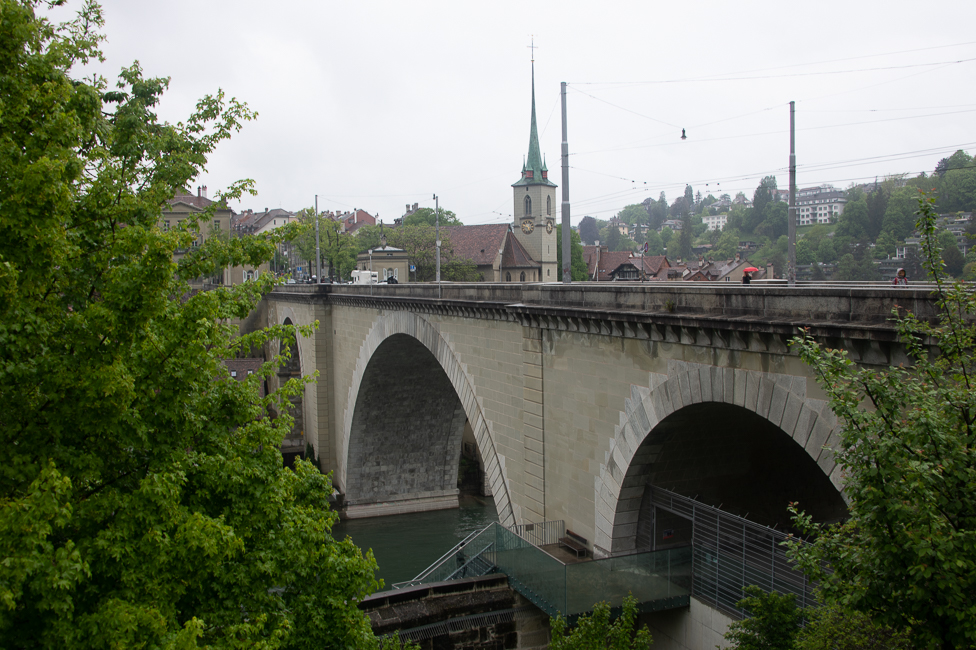
Bern’s first high-level bridge was built between 1840 and 1844 to ease the traffic flow within the city. Designed by Architect Joseph Ferry for many years the bridge boasted the largest stone arch in Europe.
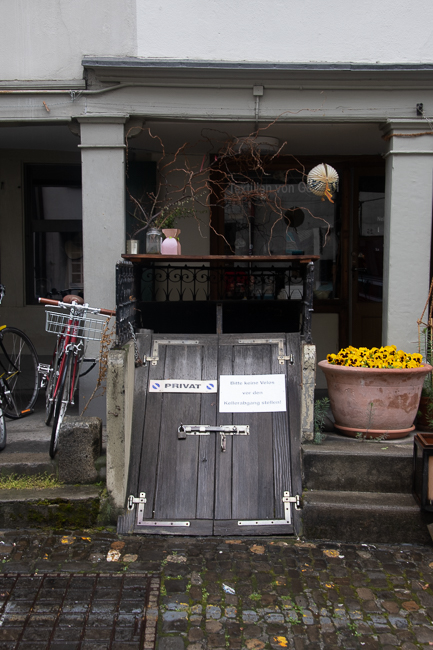
Along the promenade you will find these underground shops, bars and cafes. They sit inside caves and are accessed from wooden slat doors on the ground level.
Three Great Restaurants.
Tapas: Ô Capitaine, at Herzogstrasse 12
Fabulous high end food for little $: Darling in the hotel Alpenblick
Great Italian Grotto Ticino – Breitenrainplatz 26
